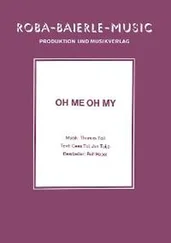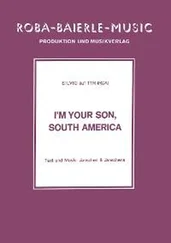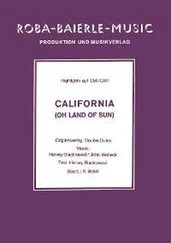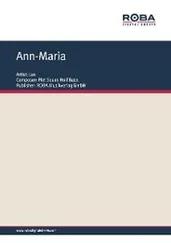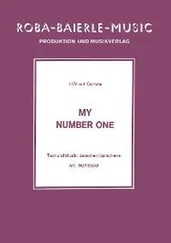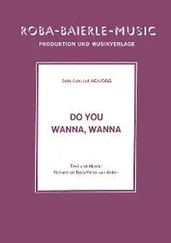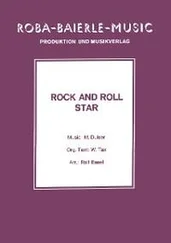1 ...6 7 8 10 11 12 ...20 quality and price, and were thus reserved for a financially stronger class of pur-
chasers. The four current Premiers Crus Margaux, Latour, Lafite and Haut-Brion
were described by an English wine merchant as ‘topping growths' as early as
1723. In 1740, a list of wine-producing municipalities was published giving the
three categories of Premier, Second and Troisième Cru. The Premiers include
Pessac (or rather les Crus de Pontac, in the plural), Pauillac, Saint-Julien, Mar-
gaux, Sauternes and Barsac. The wine enthusiast, French ambassador and fu-
ture American President Thomas Jefferson visited Bordeaux in 1787 and scrib-
bled a list of the best wines in his diary – with three categories from Premier
to Troisième Cru. He is therefore occasionally described as the founder of the
Bordeaux classification, and a couple of the estates Jefferson listed still use him
as proof that they were already famous and sought-after. This is not entirely un-

34
History1855 classification
true. However, it is scarcely conceivable that Jefferson came up with his classifi-
cation by himself – he quite simply did not have the time, as he spent just three
days in Bordeaux. He arrived in the city from Toulouse/Agen/Langon on 24 May
and travelled on towards Blaye and La Rochelle on 28 May, probably never even
entering the Médoc.
He mentions that he crossed the Garonne near Langon, near Sauternes where
the Gironde's best white wines were produced, which automatically puts him in
southern Graves and means he must at least have passed through Preignac and
Barsac. He also wrote: ‘We find the plains entirely of sand and gravel, and they
continue so to Bordeaux. Where they are capable of any thing, they are in vines.'
He definitely also paid a personal visit to Haut-Brion: he writes that he examined
its sandy and stony soils, extremely different to the chalk soils of ‘Pontac' which
he also investigated. Haut-Brion had belonged to the de Fumels since 1749. It is
unclear which estate he means by ‘Pontac belonging to a M. Lamont': he could
perhaps be describing what is now Carmes Haut-Brion, sitting on a limestone
base next to the present-day Haut-Brion and originally belonging to the Pontacs,
who bequeathed it to the Carmelites. Je
ff
erson is not always as unfailingly pre-
cise or reliable as is sometimes claimed, and was simply writing a diary which
was only published after his death.
Nevertheless, in his travel journal he always clearly notes facts deduced
from his own experience or insight. This does not apply to the ‘classification',
suggesting that it was a generally accepted list: he most likely simply asked a
Bordeaux broker or merchant to dictate a list of the best and most expensive
wine, perhaps the broker Desgrands whom he cites as a source of information
at another point. Incidentally, Jefferson was not only interested in wine – he also
showed an interest in activities such as strawberry production near Agen, ice
manufacturing in northern Italy, to which he devoted several pages, and ox feed
production or the fact that oxen were virtually the only source of motive power
used in Bordeaux, which will be of interest to all of the estate owners now using
horse-drawn ploughs to cultivate their vine rows as part of the booming organic
movement.
The state-certi
fi
ed classi
fi
cation of 1855 came about after Bordeaux mer-
chants heard rumours that the Burgundians, who had gained direct access to
the Atlantic and Mediterranean following the opening of the Canal de Bour-
gogne (1832), were wanting to have their wines o
ffi
cially classified at the 1855
Paris Universal Exposition. The Bordelais simply decided to beat them to it. In
1855, Dijon-based doctor and researcher Lavalle did indeed publish a compre-
hensive work covering all wines in the Côte d'Or, which is still a treasure trove of
information about the region. There was never any mention of the state's bless-
ing. However this was also no longer relevant, as the initiative taken by the Bor-
deaux Chamber of Commerce and the city's wine brokers gained Bordeaux and

Eric de Rothschild

36
its new-born ‘Crus Classés du Médoc, de Sauternes et des Graves' an ingenious
advertising campaign which is still benefiting the region today. It is therefore no
surprise that two other Bordeaux appellations have since emulated this rank-
ing system, namely Saint-Emilion and Graves (now Pessac-Léognan), which
have also been operating their own classifications since the mid-1950s. Graves
has a similar static system to their model, whilst the Saint-Emilion classifica-
tion is updated every ten years. Whether or not this is an advantage remains
open to question: sometimes, it seems to me that the biggest beneficiaries are
the lawyers who are constantly appealing against the recently adopted reclas-
sifications, on behalf of those who have been declassified of course. The value
measured by all of this cataloguing, often based on quality but also nearly al-
ways on high prices, is something that wine enthusiasts are capable of deciding
for themselves. We should note that state-sanctioned classifications are not the
same as state protections of origin (AOC), which have applied in France since
1937 for the geographical origins, style and production conditions of a particu-
lar area. In Bordeaux a distinction is drawn between regional appellations (e.g.
Haut-Médoc) and village appellations (e.g. Margaux, Sauternes, Pomerol) within
the base appellation (Bordeaux), and Saint-Emilion has two appellations, name-
ly Saint-Emilion and Saint-Emilion Grand Cru, with the latter awarded annually.
The Saint-Emilion classification on the other hand di
ff
erentiates between Grand

Cellar of Pichon Baron
37
Crus Classés and Premier Grands Crus Classés A and B, and is updated around
once a decade. Still clear?
The 1855 classification is first and foremost a historical legacy with obliga-
tions: not a single estate under that classification currently fails to produce
at least good and generally excellent wines, with the same also applying to
Saint-Emilion Premiers Crus Classés and Graves Crus Classés at the very least.
Whether or not historical classifications can or should be updated remains open
to question: to me, it is like wanting to banish Picasso or Braque from the pan-
theon of fine art because their works were not painted on an iPad. The fact that
Lafite is still Lafite and Margaux is still Margaux does not prevent any wines with
lower classifications or no classification at all from tasting even better than them
Читать дальше





